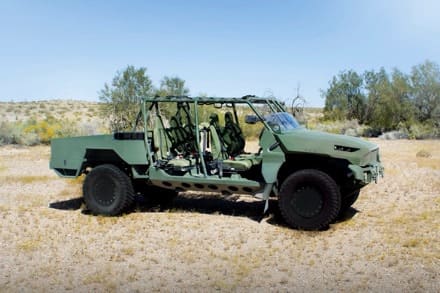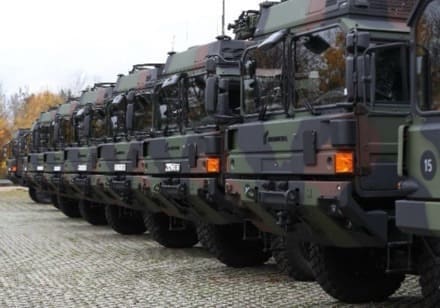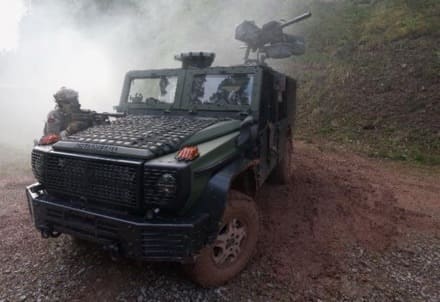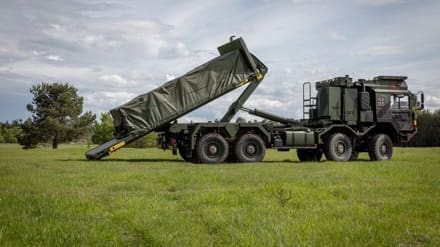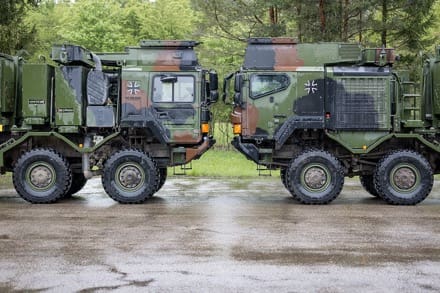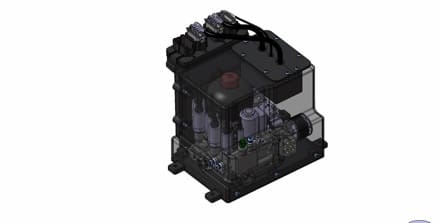Yesterday, the Army Combat Capabilities Development Command-Soldier Center‘s Soldier Sustainment Directive (DEVCOM-SC SSD) published a sources sought notice to industry to to identify potential sources for a Personnel Air Mobility capability to ensure freedom of movement in Contested Environments. They plan to procure this system via an Other Transaction Authority.
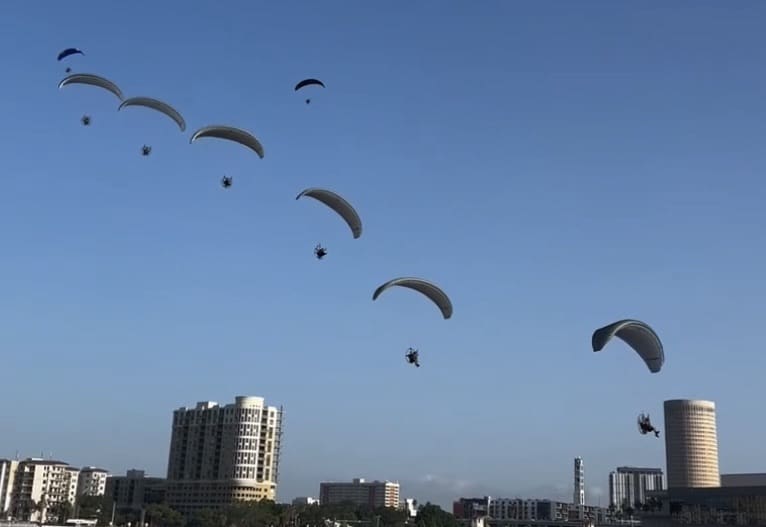
As demonstrated by SOF during May’s SOF Week capabilities exercise, a PAMS will provide an additional option to the unit commander, supporting freedom of action in remote and austere locations. This new system will be capable of transporting individual warfighters hundreds of kilometers, reducing dependency on traditional aircraft platforms and extending the range available through traditional parachute infiltration systems. A militarized powered paraglider platform is envisioned to provide both low-altitude (nap-of-the-earth and/or contour-level flight) infiltration and exfiltration capability to increase survivability and avoid detection by the enemy as well as higher-altitude (up to approximately 10,000 feet mean sea level) transit where possible given appropriate threat profile and mission parameters. The PAMS will support multiple mission types including reconnaissance, surveillance, troop movement, infiltration and exfiltration. This new PAMS will also significantly reduce the cost to deliver/transport warfighters over traditional means.
According to the notice, PAMS is planned to be developed to support the U.S. Army’s Airborne forces by addressing a capability gap to provide unit organic personnel air mobility to support freedom of movement in contested environments. Future battlefield threats are expected to require disbursed operations by small units in complex, contested environments. Traditional air assets, including fixed wing and rotary wing transport aircraft, will likely be unavailable for the movement of small teams due to supporting other missions and the difficulty of operating these vehicles in anti-access/area denial threat areas. To overcome the challenges of conducting operations in this space, a concept of expanded maneuver in all domains calls for new platforms that can provide low-cost mobility solutions over extended ranges which are available at the individual unit/warfighter level.
Desired System Performance Parameters:
Range
Threshold 100 kilometers
Objective 300 kilometers
Total System Weight (dry)
Threshold 75 pounds
Objective 60 pounds
Weight Capacity
Threshold 200 to 350 pounds
Objective 150 to 400 pounds
Maximum Altitude
Threshold 10,000 feet mean sea level
Objective 20,000 feet mean sea level
The textile components must be Berry Compliant.
To respond, submit a Broad Other Transaction Authority Announcement (BOTAA) preproposal as outlined in the DEVCOM Soldier Center BOTAA DEVCOM-SC BOTAA 22-01 located here.


